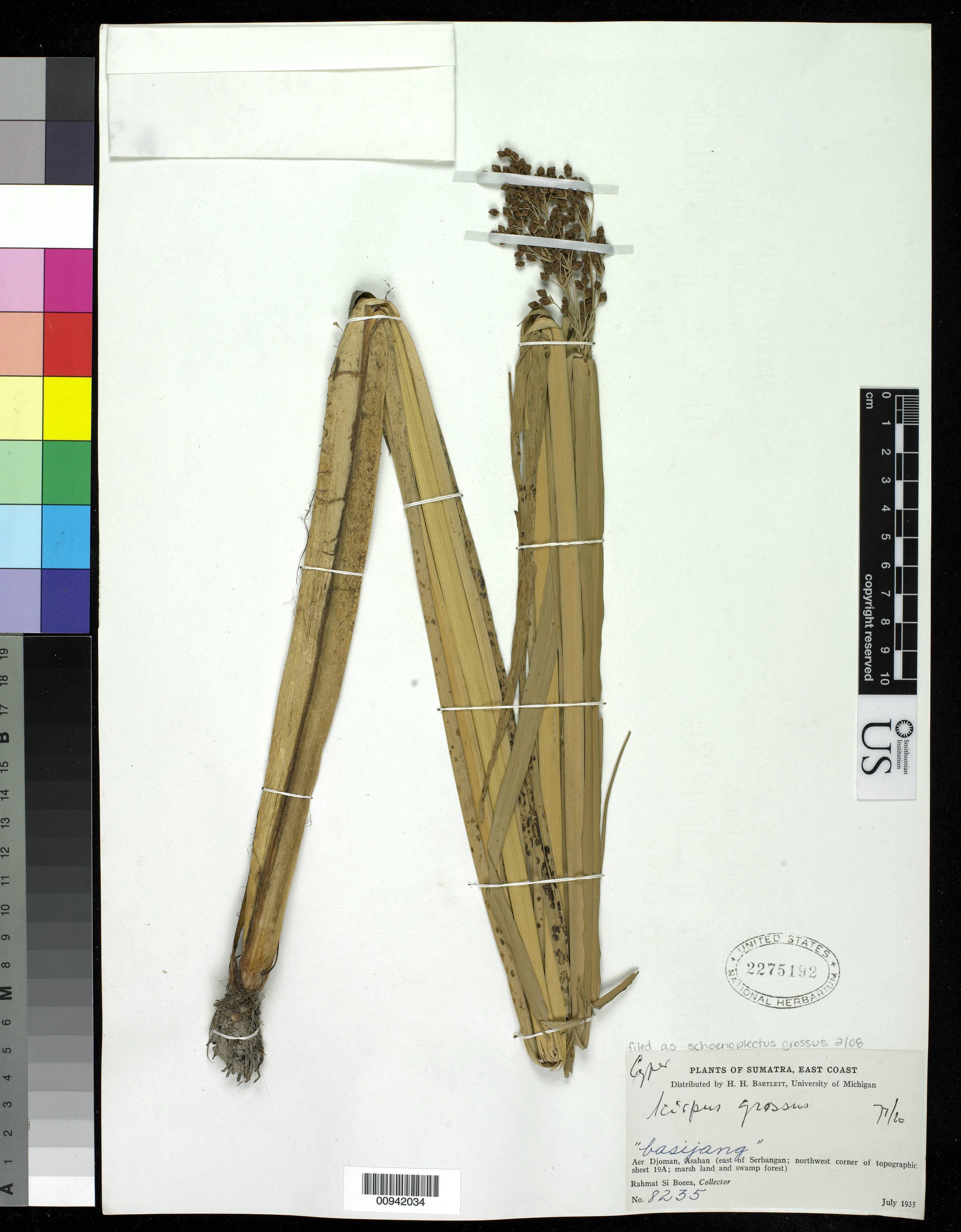| Citation |
|
Description |
Geographic Range [top]
Range Description: It is native to southeast Asia and naturalized elsewhere.The species is found from tropical and subtropical Asia, from China (Guangdong, Guangxi) and Japan to Pakistan and Indonesia, to northern Australia.
Countries occurrence:
Native:
Australia (Northern Territory, Queensland, Western Australia); Cambodia; China; India; Indonesia (Jawa, Kalimantan, Sulawesi, Sumatera); Japan (Ogasawara-shoto); Lao Peoples Democratic Republic; Malaysia; Myanmar; Nepal; Pakistan; Papua New Guinea (Bismarck Archipelago, Papua New Guinea (main island group)); Philippines; Solomon Islands; Sri Lanka; Taiwan, Province of China; Thailand; Viet Nam
Lower elevation limit (metres): 100
Upper elevation limit (metres): 900
Range Map: Click here to open the map viewer and explore range.
Population [top]
Population: It is a robust, widespread and important weed, spreading by stolons and capable of dominating rice crops and wetlands.
Current Population Trend: Unknown
Additional data:
?Population severely fragmented: No
Habitat and Ecology [top]
Habitat and Ecology: It occurs in swampy and inundated places, pools, ditches, and marshes and is locally abundant, especially in the lowlands. It is considered as a weed of rice crops. It is also a host of Chilo polychrysus, the Dark-headed Rice Borer (Kostermans et al. 1987).
Systems: Freshwater
Use and Trade [top]
Use and Trade: The stems of this plant are used for making thick sleeping mats, and bags. It is one of the coarsest sedges in the countryside. Local people used it as medicine and, in times of famine, as food also.
Threats [top]
Major Threat(s): No major threats to this species are known.
Conservation Actions [top]
Conservation Actions: No conservation actions for this species have been reported.
Citation: Gupta, A.K. 2013. Actinoscirpus grossus. The IUCN Red List of Threatened Species 2013: e.T169004A6560789. http://dx.doi.org/10.2305/IUCN.UK.2011-1.RLTS.T169004A6560789.en. Downloaded on 11 December 2015.
Disclaimer: To make use of this information, please check the .
Feedback: If you see any errors or have any questions or suggestions on what is shown on this page, please provide us with feedback so that we can correct or extend the information provided |

